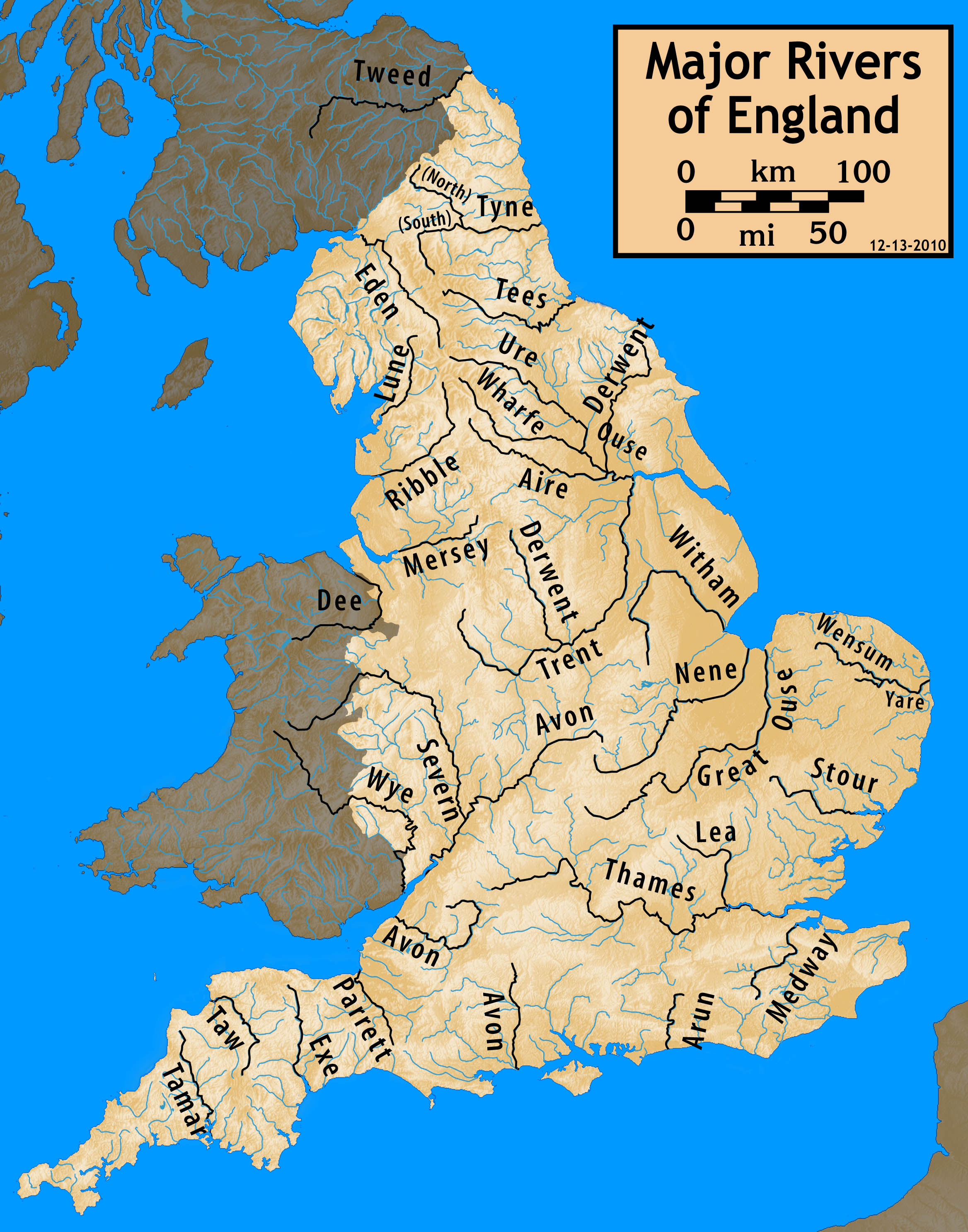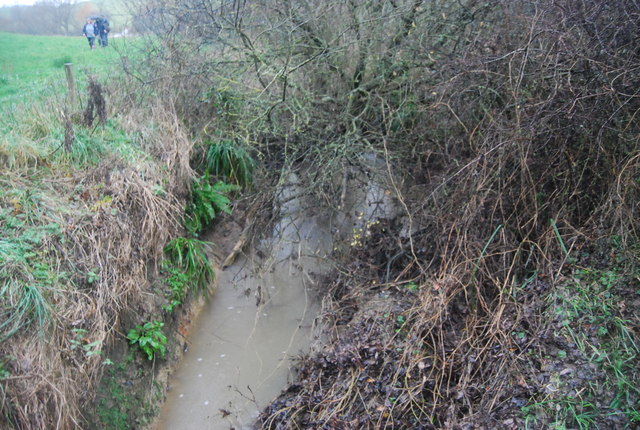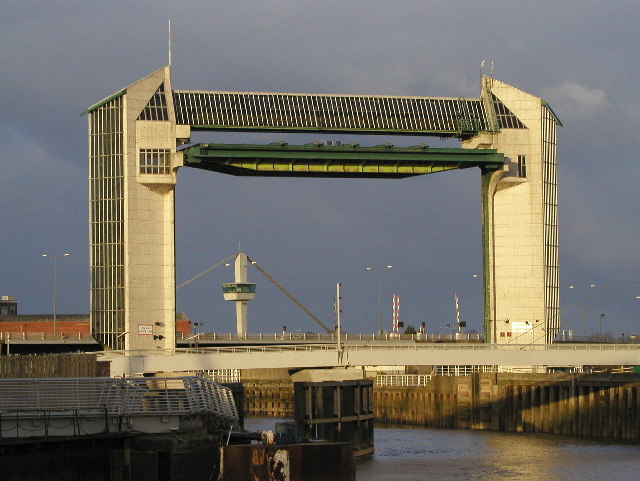|
Fens And Anglian System
The Fens and Anglian system is a collection of rivers in East Anglia in England that are navigable and for which the Environment Agency is the navigation authority. Many of the rivers drain The Fens between Cambridgeshire and Lincolnshire. These comprise River Glen, Great Ouse, River Nene, and River Welland. The Environment Agency is organising the Fens Waterways Link a major construction project to link these rivers for navigation. The first stage is the South Forty-Foot Drain. Two East Anglian rivers in the grouping are physically separate from the Fens network. These are the River Ancholme in North Lincolnshire which connects to the Humber estuary, and the River Stour which is in Suffolk. The Environment Agency supervises craft registration for these rivers. See also *List of rivers of England This is a list of rivers of England, organised geographically and taken anti-clockwise around the English coast where the various rivers discharge into the surrounding sea ... [...More Info...] [...Related Items...] OR: [Wikipedia] [Google] [Baidu] |
Fens Waterways
A fen is a type of wetland. Fen, Fenn, Fens, Fenns, may also refer to: People * Fen (name), a Chinese given name and surname * Fen Cresswell (1915–1966), New Zealand cricketer * Fen McDonald (1891–1915), Australian rules footballer * Kees Fens (1920–2008), Dutch writer * Vitaly Fen (born ), Uzbekistani diplomat Places * The Fens, a low-lying geographical region of eastern England * The Fens (Boston, Massachusetts), a park * Fenns, Indiana, an unincorporated community * Fen Complex, Norway, an area of unusual igneous rocks * Fen Prefecture, a region of Imperial China * Fen River, in China *Fenn College, predecessor of Cleveland State University * Fenn Tower, building on the campus of Cleveland State University *Fenn's Moss, part of a British nature reserve Other uses * Fen (band), a British metal band * Fen (currency), a unit of the renminbi, the currency of China *Fen (play), a play by the British playwright Caryl Churchill * Far East Network, a network of American mi ... [...More Info...] [...Related Items...] OR: [Wikipedia] [Google] [Baidu] |
Fens Waterways Link
The Fens Waterways Link is a project to improve recreational boating opportunities in the counties of Cambridgeshire and Lincolnshire, England. By a combination of improvements to existing waterways and the construction of new links a circular route between Lincoln, Peterborough, Ely and Boston is planned. The project is being organised by the Environment Agency and financed from the Regional Development Agency and the European Union. A separate, complementary waterway is the Bedford and Milton Keynes Waterway, opening up a route for broader beam boats between The Fens and the rest of Britain's canal network. History The idea of creating a navigable waterway between Boston and Peterborough was promoted in 2005. It was described by the Environment Agency as the biggest project for the enhancement of waterways in Europe at the time, and would make of waterways accessible to inland boats, without them having to venture into the Wash. Lincolnshire has a greater length of rivers t ... [...More Info...] [...Related Items...] OR: [Wikipedia] [Google] [Baidu] |
Rivers Of England
This is a list of rivers of England, organised geographically and taken anti-clockwise around the English coast where the various rivers discharge into the surrounding seas, from the Solway Firth on the Scottish border to the Welsh Dee on the Welsh border, and again from the Wye on the Welsh border anti-clockwise to the Tweed on the Scottish border. Tributaries are listed down the page in an upstream direction, i.e. the first tributary listed is closest to the sea, and tributaries of tributaries are treated similarly. Thus, in the first catchment below, the River Sark is the lowermost tributary of the Border Esk and the Hether Burn is the lowermost tributary of the River Lyne. The main stem (or principal) river of a catchment is labelled as (MS), left-bank tributaries are indicated by (L), right-bank tributaries by (R). Note that in general usage, the 'left (or right) bank of a river' refers to the left (or right) hand bank, as seen when looking downstream. Where a named river de ... [...More Info...] [...Related Items...] OR: [Wikipedia] [Google] [Baidu] |
Canals In England
Canals or artificial waterways are waterways or engineered channels built for drainage management (e.g. flood control and irrigation) or for conveyancing water transport vehicles (e.g. water taxi). They carry free, calm surface flow under atmospheric pressure, and can be thought of as artificial rivers. In most cases, a canal has a series of dams and locks that create reservoirs of low speed current flow. These reservoirs are referred to as ''slack water levels'', often just called ''levels''. A canal can be called a ''navigation canal'' when it parallels a natural river and shares part of the latter's discharges and drainage basin, and leverages its resources by building dams and locks to increase and lengthen its stretches of slack water levels while staying in its valley. A canal can cut across a drainage divide atop a ridge, generally requiring an external water source above the highest elevation. The best-known example of such a canal is the Panama Canal. Many ... [...More Info...] [...Related Items...] OR: [Wikipedia] [Google] [Baidu] |
List Of Rivers Of England
This is a list of rivers of England, organised geographically and taken anti-clockwise around the English coast where the various rivers discharge into the surrounding seas, from the Solway Firth on the Scottish border to the Welsh Dee on the Welsh border, and again from the Wye on the Welsh border anti-clockwise to the Tweed on the Scottish border. Tributaries are listed down the page in an upstream direction, i.e. the first tributary listed is closest to the sea, and tributaries of tributaries are treated similarly. Thus, in the first catchment below, the River Sark is the lowermost tributary of the Border Esk and the Hether Burn is the lowermost tributary of the River Lyne. The main stem (or principal) river of a catchment is labelled as (MS), left-bank tributaries are indicated by (L), right-bank tributaries by (R). Note that in general usage, the 'left (or right) bank of a river' refers to the left (or right) hand bank, as seen when looking downstream. Where a named river de ... [...More Info...] [...Related Items...] OR: [Wikipedia] [Google] [Baidu] |
Suffolk
Suffolk () is a ceremonial county of England in East Anglia. It borders Norfolk to the north, Cambridgeshire to the west and Essex to the south; the North Sea lies to the east. The county town is Ipswich; other important towns include Lowestoft, Bury St Edmunds, Newmarket, and Felixstowe which has one of the largest container ports in Europe. The county is low-lying but can be quite hilly, especially towards the west. It is also known for its extensive farming and has largely arable land with the wetlands of the Broads in the north. The Suffolk Coast & Heaths and Dedham Vale are both nationally designated Areas of Outstanding Natural Beauty. History Administration The Anglo-Saxon settlement of Suffolk, and East Anglia generally, occurred on a large scale, possibly following a period of depopulation by the previous inhabitants, the Romanised descendants of the Iceni. By the fifth century, they had established control of the region. The Anglo-Saxon inhabitant ... [...More Info...] [...Related Items...] OR: [Wikipedia] [Google] [Baidu] |
River Stour, Suffolk
The River Stour () is a river in East Anglia, England. It is long and forms most of the county boundary between Suffolk to the north, and Essex to the south. It rises in eastern Cambridgeshire, passes to the east of Haverhill, through Cavendish, Bures, Sudbury, Nayland, Stratford St Mary, Dedham and flows through the Dedham Vale Area of Outstanding Natural Beauty. It becomes tidal just before Manningtree in Essex and joins the North Sea at Harwich. Etymology and usage The name is of ambiguous and disputed origin. On one theory, the name ''Stour'' derives from the Celtic ''sturr'' meaning "strong". However, the river-name ''Stour'', common in England, does not occur at all in Wales; Crawford noted two tributaries of the Po River near Turin, spelled ''Stura''. In Germany the ''Stoer'' is a tributary of the River Elbe. According to ''Brewer's Britain and Ireland'' the ''Stour'' is pronounced differently in different cases: the Kentish and East Anglian Stours rhyme with ''tou ... [...More Info...] [...Related Items...] OR: [Wikipedia] [Google] [Baidu] |
Humber
The Humber is a large tidal estuary on the east coast of Northern England. It is formed at Trent Falls, Faxfleet, by the confluence of the tidal rivers Ouse and Trent. From there to the North Sea, it forms part of the boundary between the East Riding of Yorkshire on the north bank and North Lincolnshire on the south bank. Although the Humber is an estuary from the point at which it is formed, many maps show it as the River Humber. Below Trent Falls, the Humber passes the junction with the Market Weighton Canal on the north shore, the confluence of the River Ancholme on the south shore; between North Ferriby and South Ferriby and under the Humber Bridge; between Barton-upon-Humber on the south bank and Kingston upon Hull on the north bank (where the River Hull joins), then meets the North Sea between Cleethorpes on the Lincolnshire side and the long and thin headland of Spurn Head to the north. Ports on the Humber include the Port of Hull, the Port of ... [...More Info...] [...Related Items...] OR: [Wikipedia] [Google] [Baidu] |
River Ancholme
The River Ancholme is a river in Lincolnshire, England, and a tributary of the Humber. It rises at Ancholme Head, a spring just north of the village of Ingham and immediately west of the Roman Road, Ermine Street. It flows east and then north to Bishopbridge west of Market Rasen, where it is joined by the Rase. North of there it flows through the market town of Brigg before draining into the Humber at South Ferriby. It drains a large part of northern Lincolnshire between the Trent and the North Sea. The river has been used by humans since at least 800 BC, seen by the excavation of a planked boat at Brigg. Letters patent for improvements to the river are known from 1287 onwards. Major change occurred in 1635, when a new straight channel was constructed from Bishopbridge to Ferriby. The new channel carries most of the water, the ''New River Ancholme'', whereas the ''Old River Ancholme'' still meanders. The latter is mostly reduced to a ditch, save around Brigg's central ... [...More Info...] [...Related Items...] OR: [Wikipedia] [Google] [Baidu] |
South Forty-Foot Drain
The South Forty-Foot Drain, also known as the Black Sluice Navigation, is the main channel for the land-drainage of the Black Sluice Level in the Lincolnshire Fens. It lies in eastern England between Guthram Gowt and the Black Sluice pumping station on The Haven, at Boston. The Drain has its origins in the 1630s, when the first scheme to make the Fen land available for agriculture was carried out by the Earl of Lindsey, and has been steadily improved since then. Water drained from the land entered The Haven by gravity at certain states of the tide until 1946, when the Black Sluice pumping station was commissioned. The Drain was navigable until 1971, when improvements to the pumping station led to the entrance lock being removed. It is currently being upgraded to navigable status by the Environment Agency, as part of the Fens Waterways Link, with a new entrance lock being completed in December 2008, giving access to the first of the drain, and the upgrading of the southern ... [...More Info...] [...Related Items...] OR: [Wikipedia] [Google] [Baidu] |
River Welland
The River Welland is a lowland river in the east of England, some long. It drains part of the Midlands eastwards to The Wash. The river rises in the Hothorpe Hills, at Sibbertoft in Northamptonshire, then flows generally northeast to Market Harborough, Stamford and Spalding, to reach The Wash near Fosdyke. It is a major waterway across the part of the Fens called South Holland, and is one of the Fenland rivers which were laid out with washlands. There are two channels between widely spaced embankments with the intention that flood waters would have space in which to spread while the tide in the estuary prevented free egress. However, after the floods of 1947, new works such as the Coronation Channel were constructed to control flooding in Spalding and the washes are no longer used solely as pasture, but may be used for arable farming. Significant improvements were made to the river in the 1660s, when a new cut with 10 locks was constructed between Stamford and Market Dee ... [...More Info...] [...Related Items...] OR: [Wikipedia] [Google] [Baidu] |




.jpg)

